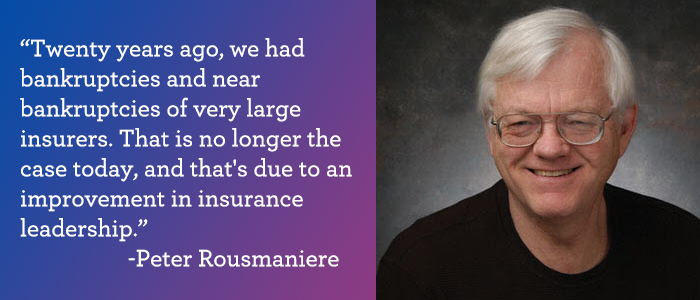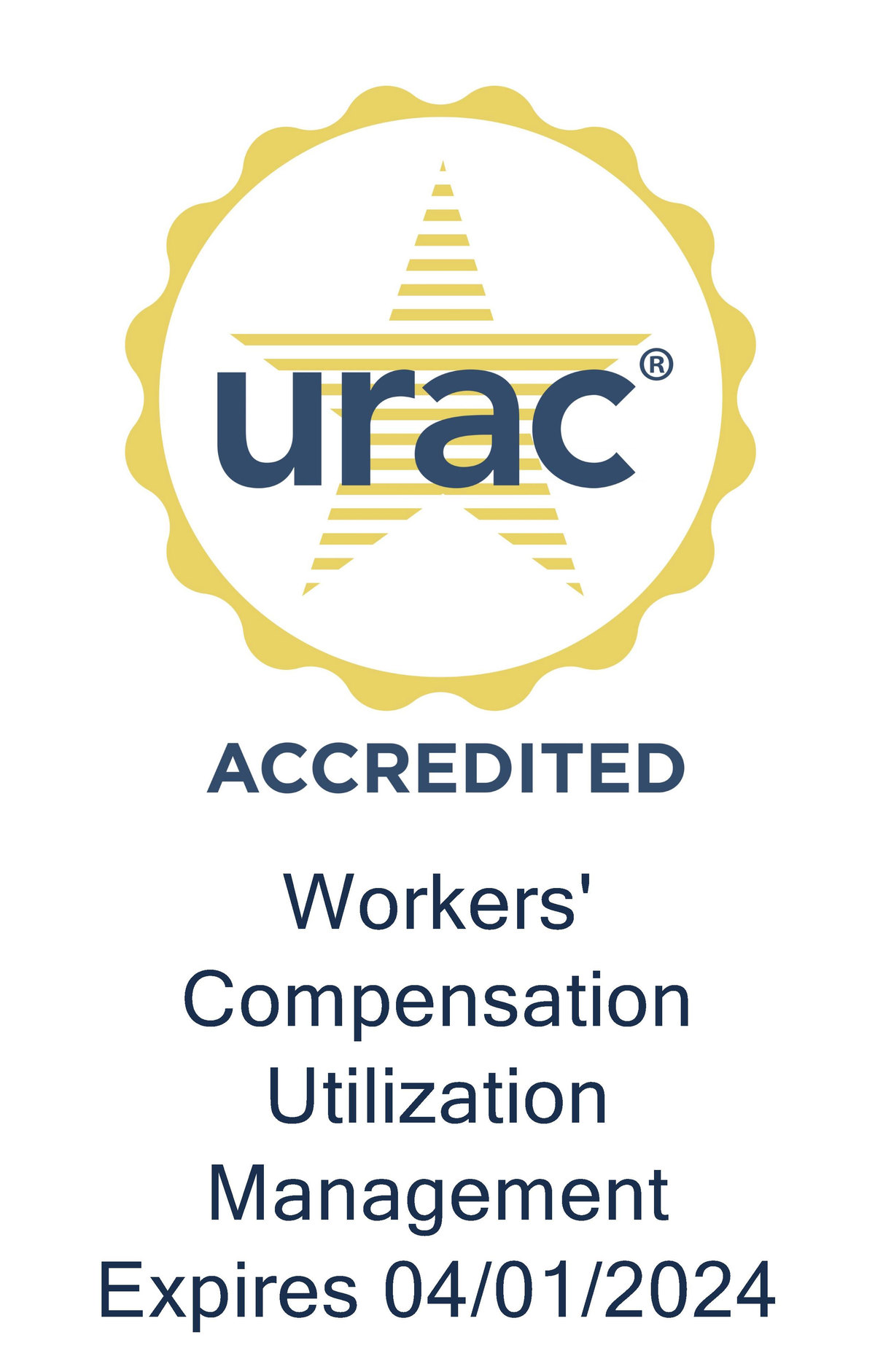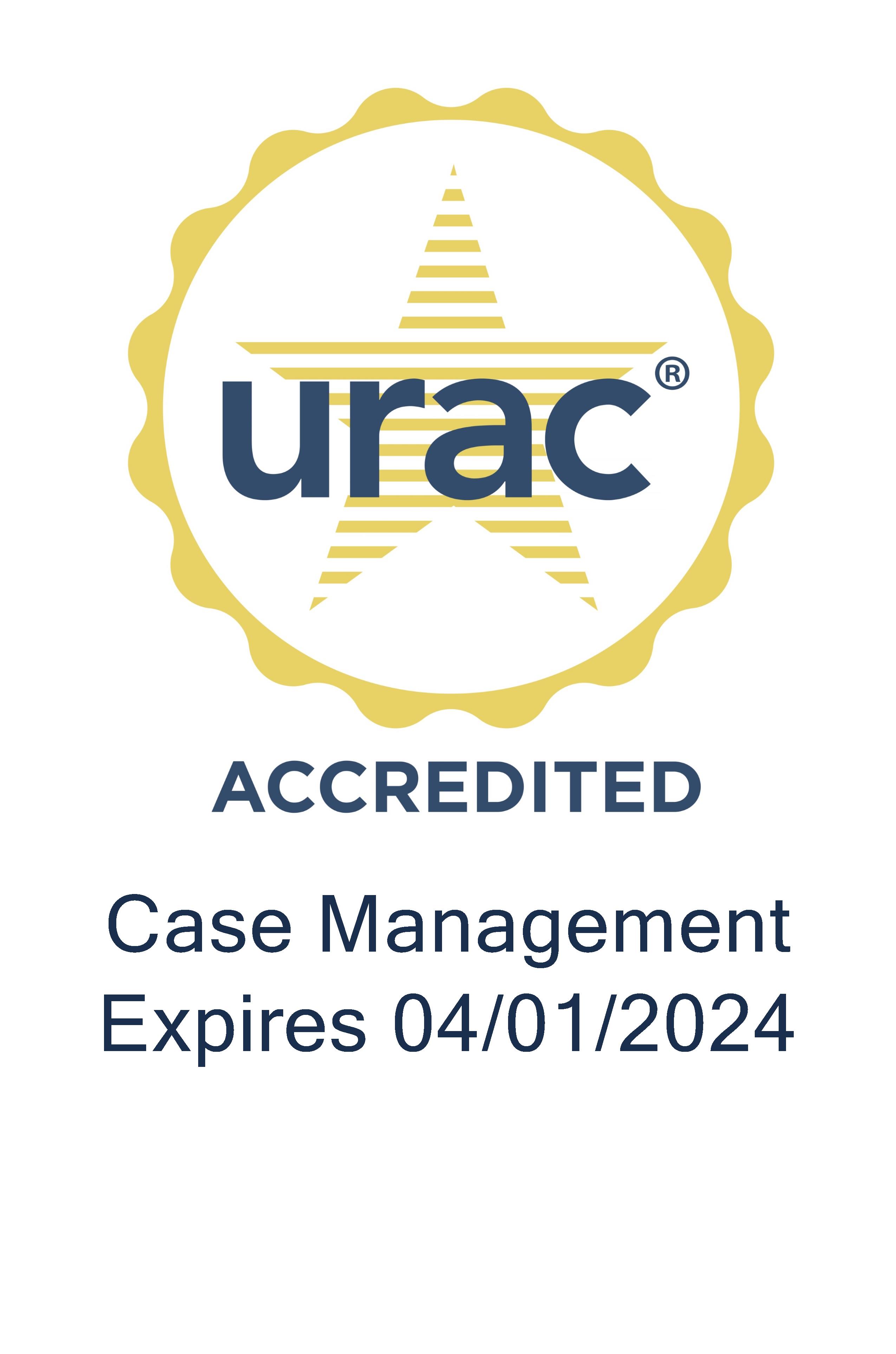Peter Rousmaniere Part 1: Comp’s Evolutions and Influencers
When you think of industry icons in workers’ comp, Peter Rousmaniere is among the select few at the top of the list. For more than 30 years, Peter has been a major influencer in workers’ comp, especially over the past couple of decades as a popular columnist. Last month, Peter announced his well-deserved retirement, so we asked him to join us on Inside Workers’ Comp to talk about his celebrated career and offer insights on the industry. The conversation was so profound that we made it into a two-parter. Here’s Part 1.
{{ script_embed('wistia', '6jej50cyl5', ', ', 'inline,height=362px,width=640px') }}
Tom Kerr (TK): Peter, thanks so much for joining us.
Peter Rousmaniere (PR): Thank you very much, Tom.
TK: Let’s start from the beginning. When did you begin covering workers’ comp and how did you get drawn into the industry?
PR: Well, I was barely 10 years into my business career in my late 30s working for a hospital in Boston on new business planning, and I came upon occupational medicine, and then came upon workers' compensation. And, at that time in the late '80s, workers' comp premiums were going up about 15 percent a year, and there was a great deal of crisis in the employer community.
I joined a two-person firm, Lynch Ryan. We built it into about a 30-person firm and then sold it to Travelers. What attracted me to the firm and to the business is that solving work injury problems at the workplace is a model of how to manage your workforce well. A company that manages safety and injury response well is a company that is well-managed.
And, I noticed in a number of our clients, who tended to be medium size firms in New England, that when the firms focused on improvement of management, they sometimes looked at improvement of work injuries as part of that. I found that connection very compelling.
I had been to business school, and so I was used to looking at business leadership. I found this kind of leadership — to improve business by improving work injury response — very compelling.
TK: So, at that time, had you had any prior experience or background in workers’ comp when you entered the industry in the 1980s?
PR: Absolutely not [laughs]. So, I learned. It was a very steep learning curve. I had had no prior experience to that and so therefore, when I see people today who are entering into the workers' comp space from outside I’m excited about what they're doing, and to the extent that I can help them understand the industry, I will do so.
TK: What would you consider to be the most significant change that’s occurred in the industry during your career?
PR: You have some very interesting questions, most of which are hard to reduce to a single factor. So, I'm going to suggest the three most significant changes that have occurred since the late 1980s, when I entered in the field.
One is the vast impact of managed care, which started about 1990, and is still moving its way through the field. It has largely done what it needs to do in terms of major innovation. What we're looking at right now is continuous improvement of managed care practices.

Another area of significant change is better attention by state governments on problems in workers' comp when the problems are very severe. Initially the workers' comp insurance markets in many states were in shambles. That was around 1990, and they corrected that. And then in the last 20 years, we've seen the rise of opioids. And it took some time for the states to respond, but when they did, they've done a good job.
A third major change is improvement in insurance management. Twenty or thirty years ago, the industry was used to very violent insurance cycles which, when you look at them, are to a large extent caused by poor delayed reactive leadership of workers' comp insurers. We don't have these insurance cycles anymore of any magnitude and it's because the quality of management is better. Twenty years ago, we had bankruptcies and near bankruptcies of very large insurers. That is no longer the case today, and that's due to an improvement in insurance leadership.
TK: And, I don't know if there's a simple answer to this, but you said that workers' comp insurance markets in many states were in shambles and they needed to correct it. Can you tell me more about this period?
PR: Right. There were two problems that collided to make what we call today a perfect storm. One was the belief by states that they could set insurance rates by fiat, that there was price control.
The second was a significant rise in costs — both in indemnity and medical costs — in the 1980s, which the insurance industry and the states were completely blindsided by. This resulted in the insurance systems in some states almost collapsing with upwards of 70 percent of the insurance sellers going into the assigned risk pool.
This sounds bizarre, but that was a common danger back 25 or 30 years ago. But, what the states did was to make some reforms. First of all, they introduced managed care. That was one thing. The second thing they did in about a dozen states was to spawn new insurance companies, new state funds to bring in a lot more energy and focus into the workers' compensation insurance markets. So, we had new players.
TK: Speaking of game-changers, who has been the most influential individual in your career covering workers’ comp?
PR: Again, it's a fascinating question and I love to be asked it. I have more than one name broken out into different categories of specialty. Now, I should say that workers' comp is in the middle of a lot of things, and so, when you talk about leadership, the individual is probably working in several directions at once.
For a medical doctor, the most influential person in workers' comp in the last 25 years is Gary Franklin, who is the medical director of the workers' comp system in the State Fund in Washington state. He introduced into not only workers' comp, but to the entire health care field, awareness of the danger of opioids. And he has been a leader in advanced strategies to deal with opioid management. He also introduced the most sophisticated medical provider network in workers' comp which is in the state of Washington.
When I look at leadership in claims, I'm probably going to always look at people who work for employers, particularly, self-administered employers because they deal with the injured worker before the injury, during the injury and after the injury. And I think that demands a lot more leadership. The person I have in mind is Denise Algire, who's a director of risk initiatives at Albertsons, the gigantic grocery store chain in the West. She is probably the best conference speaker in the industry. She is also a noted researcher and a very successful innovator of practices on the claims side.
We’ve seen the growth of focused, highly professional research on claims practices and injury behaviors over the last 25 or 30 years, and the Workers Compensation Research Institute in Cambridge, Massachusetts, and the California Workers' Compensation Institute in California, both have done an outstanding job of defining what needs to be studied and of doing those studies.
And, I would also mention in terms of commentary, that my friend, Joe Paduda, has been very important in helping us focus on the issues that need to be focused on.
TK: What was your most fulfilling beat you’ve covered or story you’ve written in your career?
PR: Well, the challenge for a journalist is to find problems that are capable of being solved as opposed to problems that will never go away, or problems that are too easy to solve. And I’ve dealt with two types that fit into these massive problems that could be solved. One was a catastrophe response. I spent a fair amount of time looking at the health impact of rescue and recovery workers for 9/11, and wrote a series of articles about that in 2007.
But I would turn to another topic which has been most satisfying, which has to do with immigrants and workers' comp. Immigrants in the work injury field hit a number of key issues within the industry and within society. One is, "Who is going to do the work which is not very attractive and which is dangerous?" Another one is, "How do we work with and protect and respond to a group of workers who, due to language and education and culture, are not the natural people who know how to do workers' comp?" You have a third problem, which is that about half of blue-collar immigrant workers in this country are unauthorized. So, you have a complex layer of issues. And, for the most part, the workers' comp system has done pretty well. It has responded to the challenge of working with low-wage immigrant workers pretty well.
TK: In part two of our conversation, Peter offers thoughts on the future of workers’ comp and imparts some sage advice to industry leaders based on his own experiences. You won’t want to miss it. That’s next week on Inside Workers’ Comp. Until then, thanks for listening.






